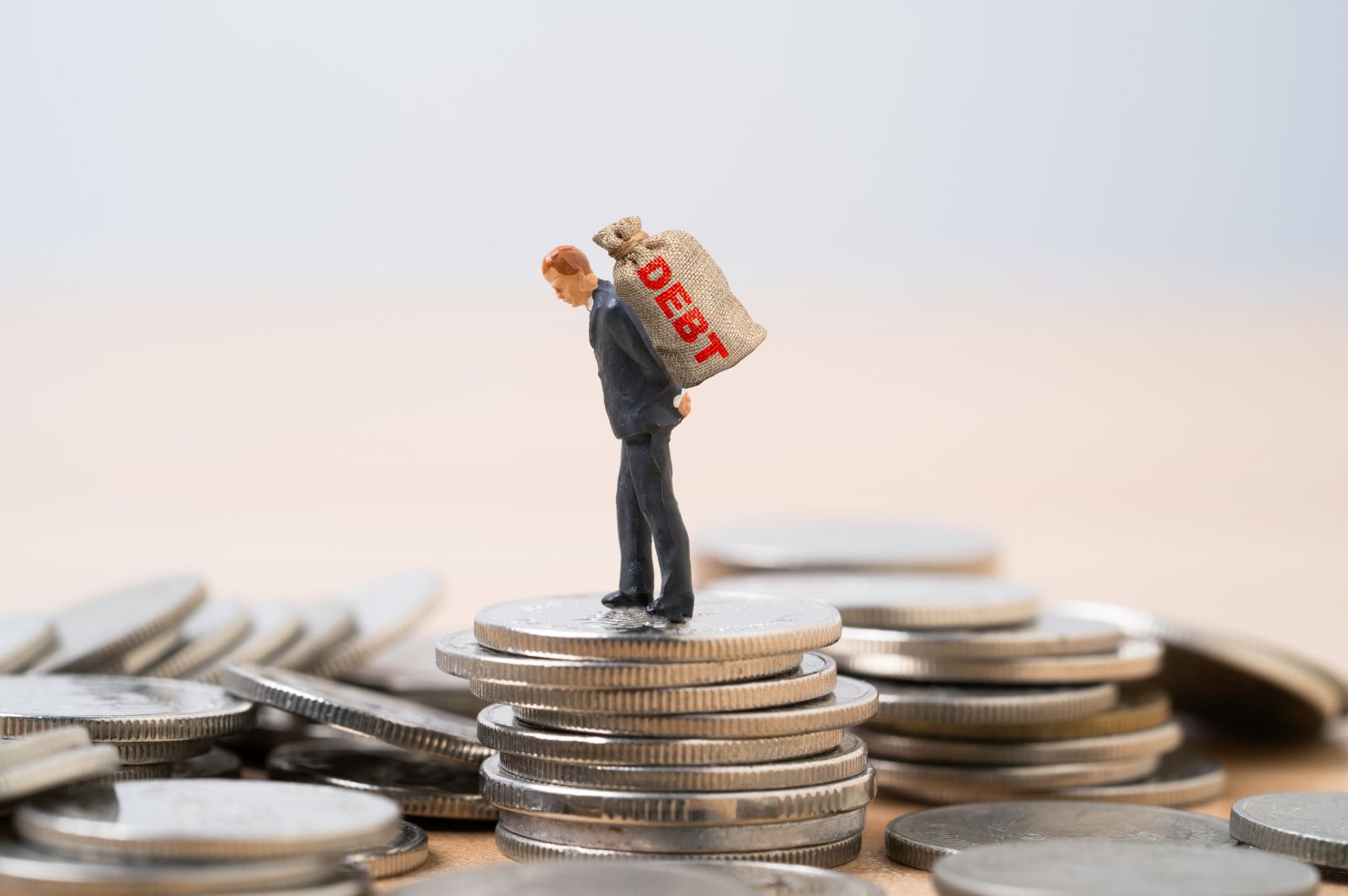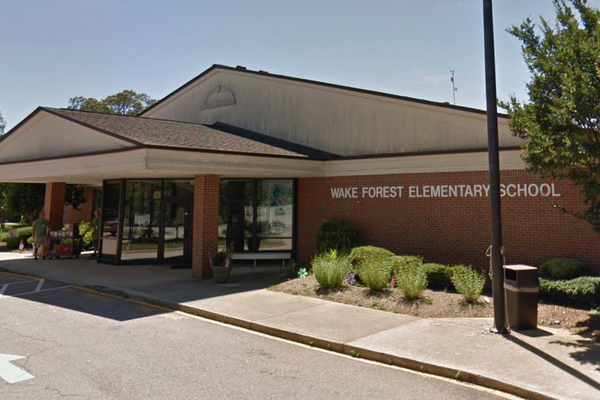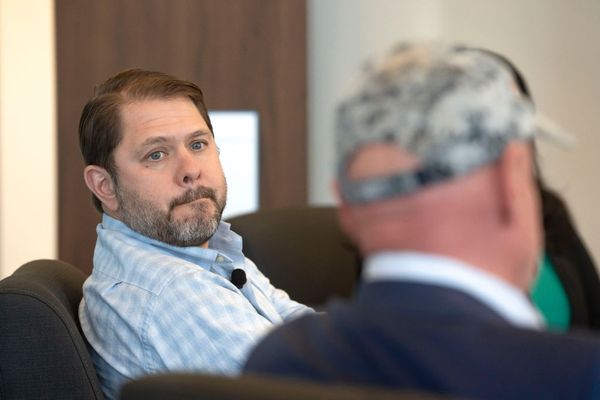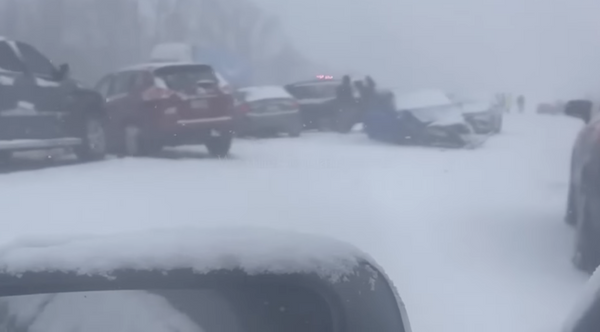
Wall Street doesn’t always move in sync, and top money managers rarely see eye to eye when it comes to investment strategy. Yet despite those many differences, everybody in finance seems to agree on one key issue: America has gotten itself into a real debt crisis.
Last year, a lot of big names started grumbling as the national debt sailed past the $35 trillion mark. But fast-forward to 2025, and those grumbles have turned into a chorus of stark warnings. We’ve now surpassed $37 trillion, and nobody seems to be able to get a grip on the situation.
But the concern isn’t just about the size of America’s mounting debts. There are implications here for inflation, interest rates, and the trading floor. That’s why Bridgewater’s Ray Dalio has repeatedly warned that the U.S. is on its way into a debt-induced “heart attack,” with a good chance we’ll see another financial crisis in the next three years.
So, is Dalio right about where America’s debt problem is leading us? And more importantly, what can you do to insulate against the storm that’s brewing? Let’s take a closer look.
What Is the Current U.S. Debt?
As of September 2025, the U.S. national debt is sitting at more than $37.86 trillion. That’s the highest level since our country was founded — and although the U.S. has always carried a decent amount of debt, that figure has ballooned exponentially since 2020.
Stimulus checks, COVID-19 relief measures, and expanded unemployment benefits added trillions worth of debt onto the books. Unfortunately, that spike in spending coincided with the Federal Reserve’s cycle of rate increases between 2022 and 2024. That made it more expensive for the government to borrow money, so interest payments on debt are now one of the fastest growing line items on the budget.
The worst part: That headline figure of $37 trillion doesn’t even tell the full story. There’s also the national deficit to consider. The deficit represents how much more the country is spending than what it’s bringing in — and for 2025, the government is forecasting a deficit of $1.97 trillion.
That places America’s debt-to-GDP ratio in dire straits. U.S. borrowing is now well above historical averages, which has created a cycle that successive governments can’t seem to get out of. That's what’s keeping Ray Dalio up at night.
Why Is Ray Dalio Worried? What Is He Saying About the Debt Crisis?
Ray Dalio has been sounding the alarm on America’s unsustainable debt problem for a couple of years now. And with the debt load growing heavier and interest costs spiralling out of control, Dalio has been more vocal than ever before over the past couple of weeks.
Why is he worried?
His key issue is that debt growth is outpacing income growth.
Dalio says the U.S. is spending beyond its means, and he’s got a pretty good point. When debt rises faster than GDP, markets tend to lose confidence in who they’re loaning money to. Dalio has repeatedly compared America with failing empires of yesteryear that started to overrely on borrowing as the walls closed in around them.
According to Dalio, that overreliance may lead to a debt spiral. This scenario would see the government borrowing more to try and pay off the interest on its existing debt. And because the government is effectively trying to finance its borrowing by printing more money, inflation is only going to keep rising.
“As debts rise relative to incomes that are supposed to support the debt, this becomes a difficult balance,” Dalio wrote last month on X. “And in a classical debt cycle, you inevitably reach a point where you have to borrow to service your debt. That can lead to a debt spiral and an economic heart attack.”
This subsequently weakens the status of the U.S. dollar and sends a ripple effect through global markets. If international investors lose faith in the U.S. Treasury, there’s a concern they’ll flock to global rivals like China. That places America at a strategic disadvantage in other capacities.
“You’re seeing the threat to the monetary order,” Dalio said addressing the FutureChina Global Forum in Singapore at the end of September.
“Other factors together will determine whether we’re seeing the end of the entire U.S. empire.”
With leadership not expressing any sort of clear pathway forward, the billionaire hedge fund founder doesn’t seem to have a lot of hope that this can be fixed. Instead, he’s advising investors to ditch the dollar and start diversifying.
What Should Investors Do to Prepare for What Comes Next?
First thing’s first: Nobody should panic. Wall Street is definitely experiencing anxiety over America’s mounting debt, but not everybody’s in agreement that America is staring down the barrel of a full-on financial crisis.
That being said, you can definitely see where Dalio is coming from. The national debt is starting to grow exponentially, our spending deficit keeps rising, and nobody seems to have the political will to fix it. There’s a good chance it’ll take a full-on collapse in order to enact real change.
Still, all that doomsaying doesn’t do much to help investors who are simply trying to hedge against any worst-case scenario. So, what can you do now to protect your portfolio in the future?
There’s no one-size-fits-all approach, but Dalio is right: Everyone should diversify.
U.S. Treasuries have always been considered the safest investment there is. But if all these debt concerns keep pushing up yields, prices are going to fall. Translation: Everybody who's overexposed to bonds will get hurt pretty badly.
That’s why it’s worth looking at other fixed-income assets like investment-grade corporates and municipal bonds. You might even want to look at foreign bonds being issued by governments that are in better financial shape than the U.S. (although that’s exactly what Bridgewater’s founder has been warning us against).
Next, think about how you can hedge against inflation.
Gold is widely considered inflation-proof, and it generally performs really well during periods of fiscal stress. Commodities are also a smart way to create a financial buffer when fiat currencies weaken, and you should also look to equities with strong pricing power. After all, companies that can pass higher supply costs onto customers tend to do well when debt and inflation go up.
Finally, stay nimble and think about liquidity. When inflation starts to eat away at long-term value, it’s important to have flexibility. That’s where a high-yield savings account or a mid-term certificate of deposit (CD) may come in handy. These are great places to park cash and earn a bit of passive income over a number of months without tying everything up in bonds with lengthy maturity periods.
Nobody knows for sure what’s going to happen with America’s debt problem over the next couple of years. But even if you don’t quite buy into Ray Dalio’s warnings about an impending financial meltdown, it’s fair to say that U.S. Treasuries are no longer the risk-free investment they once were.
That’s why it makes sense to diversify, start insulating against inflation, and gain a little bit of global exposure. If Dalio turns out to be right, America’s ticking time bomb won’t explode any time soon — but when it does, you’ll be glad that you planned ahead.







